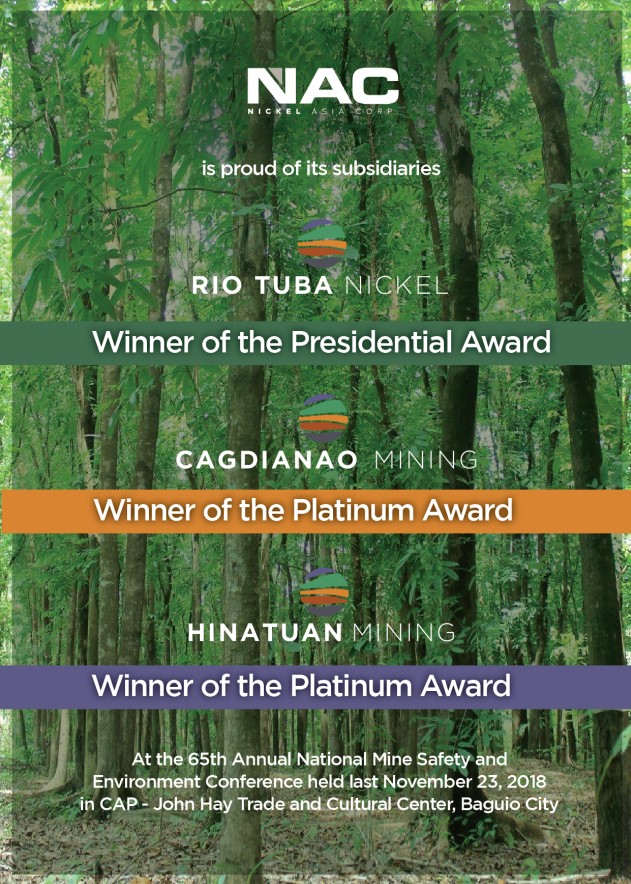Why no party-list in Pangasinan won
 By Leonardo Micua
By Leonardo Micua
IT is sad to note that not one of our homegrown party-list groups won a congressional seat in the May 12 elections.
This is the first time that one of the most populous provinces in the country is not sending a party-list representative to the House.
This was because Abono, Abante Pangasinan-Ilokano, Tulungan Tayo and the Apat Dapat party-list of former Alaminos City Mayor Nani Braganza failed to gather the minimum required number of votes to qualify them to join the winning circle.
The biggest upset was suffered by Abono, a group that champions the agricultural sector, a perennial winner in previous elections. We recall that at one time in the past, Abono even had two seats in the House of Representatives because of the high number of votes it received.
API (Abante Pangasinan-Ilokano) party-list, also an accredited political party, had Michael Morten as its first representative in 2022 but Morden opted to run for mayor in his native Villasis and lost to the incumbent mayor Dita Abrenica.
Why did all our party-lists lose in the recent election? Could it be that they ending up splitting the votes in Pangasinan?.
Add this to the fact that officials of the province, towns and cities publicly endorsed party-lists from Manila and other provinces.
We have become a virtual laughing stock to the whole nation because smaller provinces like Abra and Ilocos Sur succeeded in having their party-lists elected while a big province like us, with 2.2 million voters, failed to produce any.
Blame our disunity and many conflicting interests that spelled our Waterloo in the polls. Or could it be the widely known crab bucket mentality of the Pangasineses that pulled us down to the abyss?
Ah, Pangasinan. It’s only this time, natan labat, recalling the cliche that once rallied Pangasinenses to support their own son, Fidel V. Ramos, who came to win the presidency, we took the wrong turn this time.
* * * *
During another inspection of the One Pavillon I and II in Bonuan Binloc, Mayor Belen Fernandez made an unexpected discovery. She recognized three seemingly ordinary overgrown plants as cantaromas.
Aware of the seeming significance that cantaromas holds in Dagupan’s past, Mayor Belen ordered that they be preserved, not cut down, so that future generations of Dagupeños will understand the special role these plants played during the liberation of Luzon from the Japanese occupation forces.
Mayor Belen may have been guided by what she had read or been told in the book Story of Dagupan, authored by the late eminent Dagupan historian Restituto Basa. In it, Basa featured a photograph sourced from the MacArthur Memorial in Norfolk, Virginia, taken by General MacArthur’s personal photographer, Karl Maidans.
The photo shows General MacArthur and his staff walking on the dunes of Bonuan, surrounded by cantaromas plants, shortly after disembarking from a landing craft during the liberation forces’ arrival on January 9, 1945.
In his book, Basa asserted that during the war years, cantaromas grew only on Bonuan Beach, not anywhere else along the Lingayen Gulf.
For this reason, he argued that Bonuan in Dagupan — not Lingayen or San Fabian — was the true landing site of General MacArthur. This claim was validated 80 years later by James Zobel, the official archivist of the MacArthur Memorial, who uncovered documents and photographs proving that MacArthur really landed in Dagupan.
One of the photographs presented by Zobel during a lecture at CSI Stadia in February this year matched one of the photos featured in Basa’s book, further solidifying the claim that MacArthur’s landing occurred in Bonuan.
He landed on the very spot where a P60-million MacArthur Memorial and Museum, to be funded by the office Senator Grace Poe, is soon set to rise.
Although cantaromas plants have no known economic value, many people noted that their steady, low-lying growth helps stabilize the shoreline by preventing erosion. Over the years, they have nearly disappeared due to development, except perhaps in Bonuan Binloc.
For historical reasons, Mayor Belen has expressed her wish to see these plants trimmed, groomed and preserved — not just as an ornamental greenery, but as a living witness to Dagupan’s pivotal role in World War II history.






